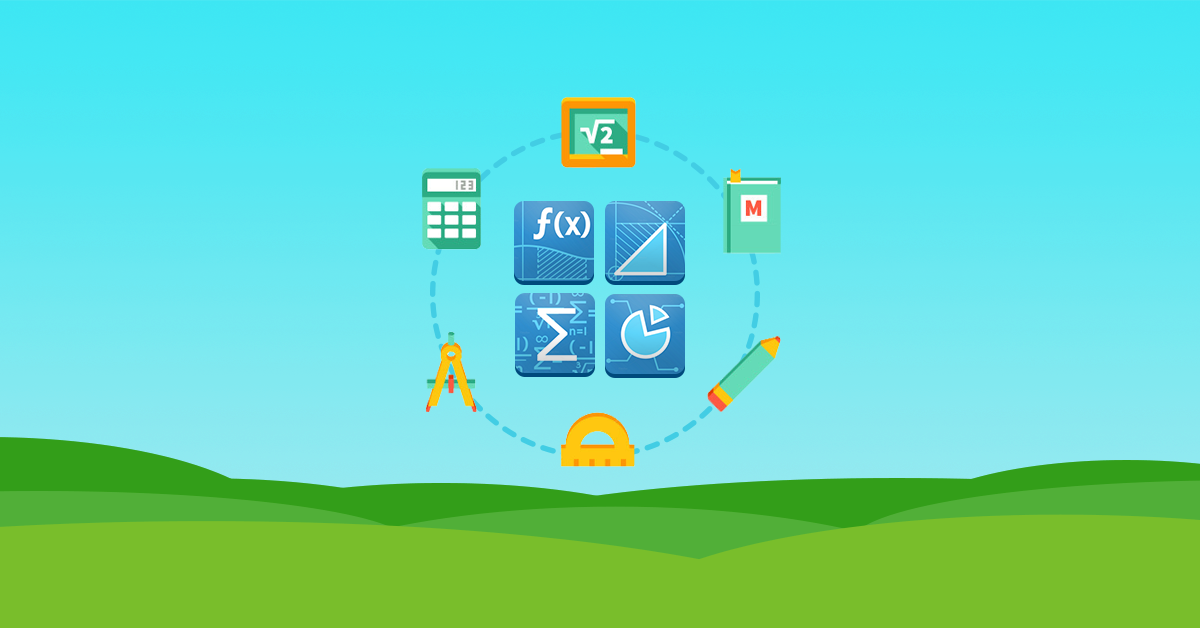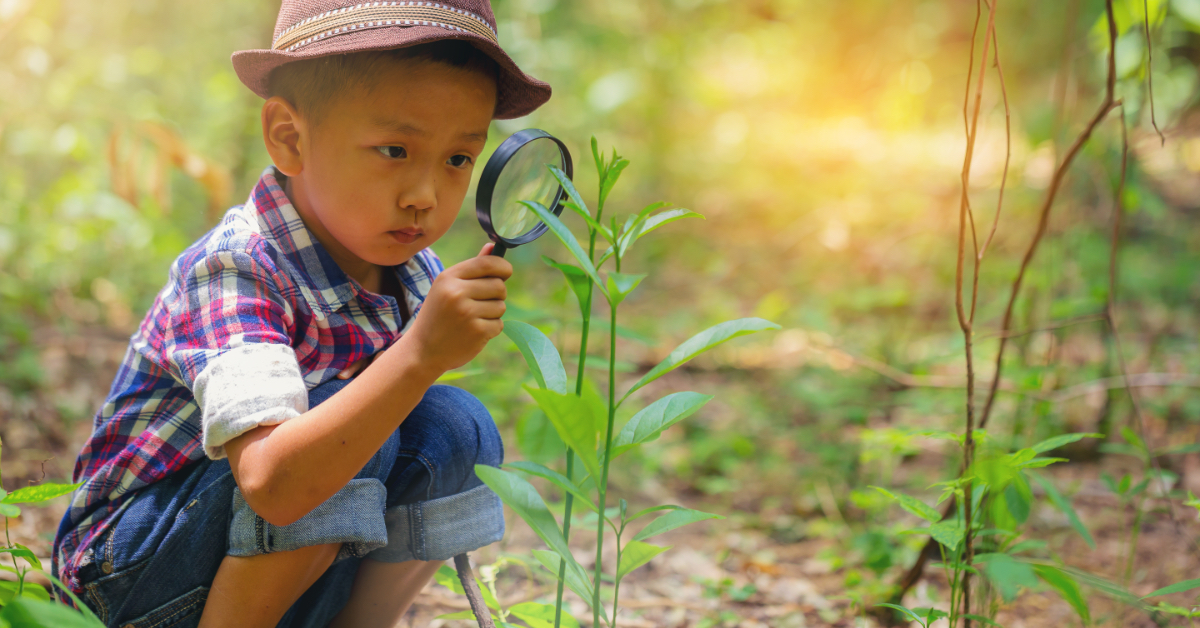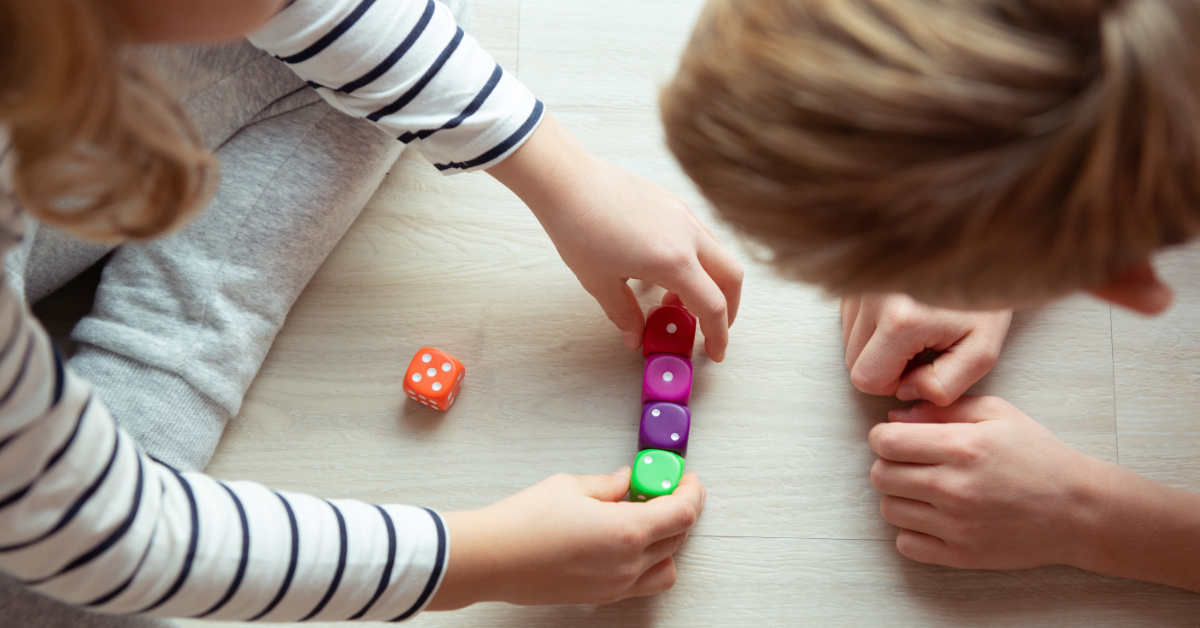
It’s spring – time to get outdoors! Together the fresh air, sunshine, and change of scenery bring endless possibilities for exploration. In the excitement of a new season of growth the outdoor environment can be just what your young child needs to get excited about playing, practicing, and investigating math concepts. So sneak some math-related learning in some unlikely places such as your own backyard or the park.
Spring Math Activities
Counting Designs and Pictures
With your child, gather a specified number of small objects, such as small sticks, pebbles, dandelions, blades of grass, or leaves (at least 10 to 20). Challenge your child to make a picture, pattern, or design on a flat surface using all the objects. Together count the total number of objects as well as and the number of each type of object. (Counting, Problem-Solving) Extensions:
• Compare two or more groups of objects. Which has the greater number of items? The least?
• Compare two groups of objects. How many more would need to be added or subtracted so they were equal amounts?
• How many different ways can the objects be arranged to make a completely new design?
Size Seeking Activities
1) Collect a variety of items such as sticks, flowers, pebbles, or blades of grass. Have your child arrange them in order from longest to shortest or largest to smallest (or vice versa).
2) Introduce early measurement concepts and put your child’s comparison and problem solving skills to work by completing the activities on the Size Quest activity sheet together. [PRINTABLE] (Measurement, Comparing)

Estimation Discussions at Home or on the Go
Discuss any (or as many) of the questions below. Ask your child to estimate first and then find the actual measurement, weight, or time. For young learners you can give the unit of measure when one is not indicated. Have older students determine the best unit of measure to use when one is not given. (Estimation)
• How long do you think it will take you to run 100 meters?
• How far you think you can jump?
• How far do you think you can throw a ball?
• How long do you think you can stand (or hop) on one foot?
• How many shots will it take you to make a basket? To make 3 baskets in a row?
• How tall do you think our front door is?
• How long do you think it will take you to fill up a watering can with water? (show them a specific size) How many plants do you think you can water with it?
• How long do you think it takes to drive to the grocery store?
• How much do you think (name of family member) weighs?
What’s My Value?
Collect a variety of small objects outside. Let your child assign a value to each to create math equations. Perhaps an acorn = 5 and a twig = 2. Next, he can choose an operation and write and solve an equation with sidewalk chalk, such as acorn – twig = 3. By doing this you are introducing your child to the algebraic concept that a symbol can represent a numeric value. (Algebraic Reasoning)
Actively involving your child in conversations and observations and encouraging manipulation of concrete materials all invite your child to experience mathematics through play and explore the outdoor world!
We Are Here to Help
If you have questions about teaching math, we are here to help!
Get in Touch



Leave a Reply